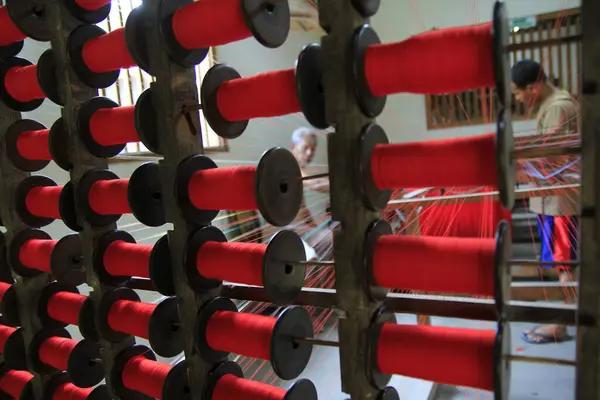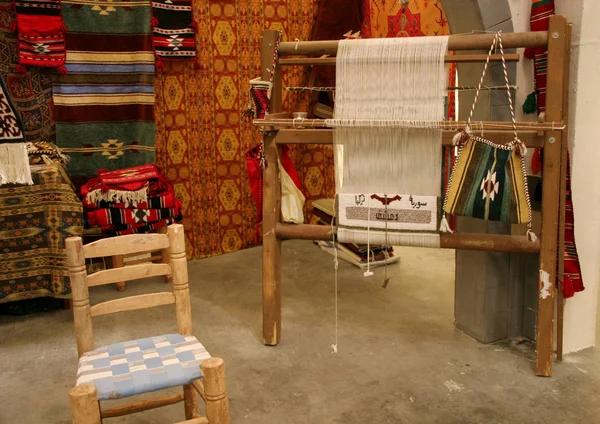The fashion industry, widely recognized as one of the world’s zibasec.com largest polluters, has been under increasing pressure to adopt more sustainable practices. Water usage is a critical area of concern; vast quantities are used in every stage of garment production, from growing raw materials to dyeing and finishing processes. This not only depletes water resources but also leads to significant pollution due to the discharge of untreated wastewater. However, thanks to the emergence of innovative water-saving textile technologies, it’s becoming increasingly possible for the fashion industry to reduce its water footprint.
One such technology is ‘dry dyeing’, which eliminates the use of water in applying color to textiles. Traditional dyeing methods can consume up to 150 liters of water per kilogram of fabric; dry-dyeing technology uses none. Instead, it employs pressurized carbon dioxide (CO2) that acts as both a solvent and carrier for dyes. The CO2 is recyclable within the process, making this approach not only water-free but also virtually waste-free.
Another promising innovation is digital printing technology that directly applies designs onto fabrics using inkjet printers – a method known as direct-to-garment (DTG) printing. This technique dramatically hihiweb.com reduces both water and energy consumption compared with traditional screen-printing methods because there’s no need for screens or bestrollformingmachinery.com color baths.
Closed-loop systems offer another avenue for reducing water usage in textile manufacturing. These systems eduartemethod.com recycle and reuse wastewater within the production process rather than discharging it into local ecosystems. For instance, some companies aimerseweb.com have developed proprietary filtration technologies capable of removing dyes and other contaminants from wastewater so efficiently that 95% can be reused.
In addition to these technological solutions, plant-based materials like hemp or organic cotton require less irrigation than conventional cotton – thereby conservatively using our precious resource: Water! Similarly, regenerated cellulose fibers made from wood pulp hygoknives.com – such as Tencel – are produced in closed-loop processes that recycle water and solvents.
The internlaeyemusic.com development and adoption of these water-saving sedrait.com textile technologies are essential for the future sustainability of the fashion industry. However, they represent only part of the solution. A broader shift towards a more sustainable model is needed, one that values quality over quantity and encourages consumers to buy fewer but better-made garments.
In conclusion, while there’s still a long way to go before the fashion industry can claim to be truly sustainable, these innovative technologies represent important steps in the right direction. By embracing such innovations, brands can not only reduce their environmental impact but also meet growing consumer demand for more environmentally responsible products – ultimately driving a shift towards a more sustainable fashion industry.




